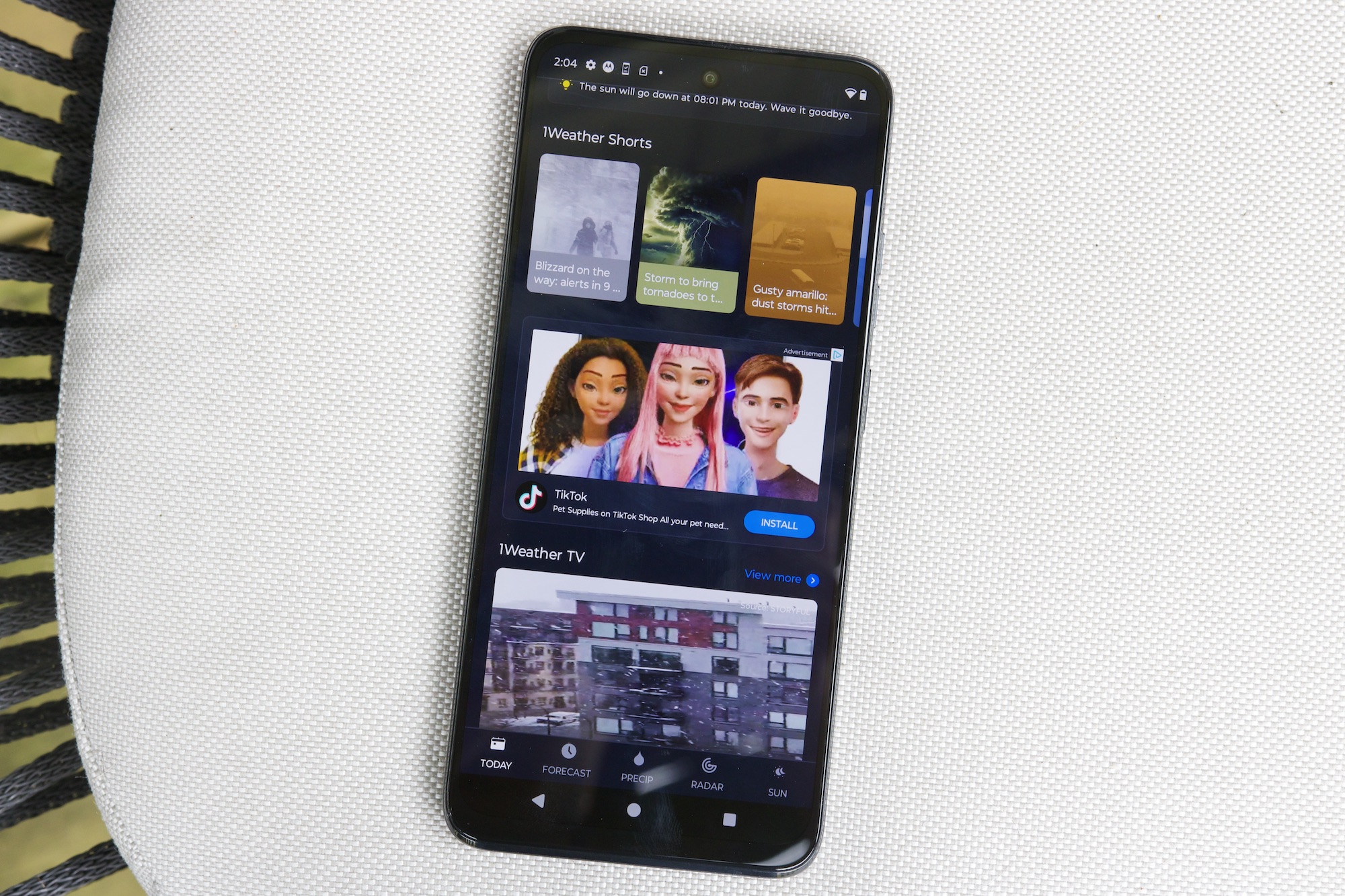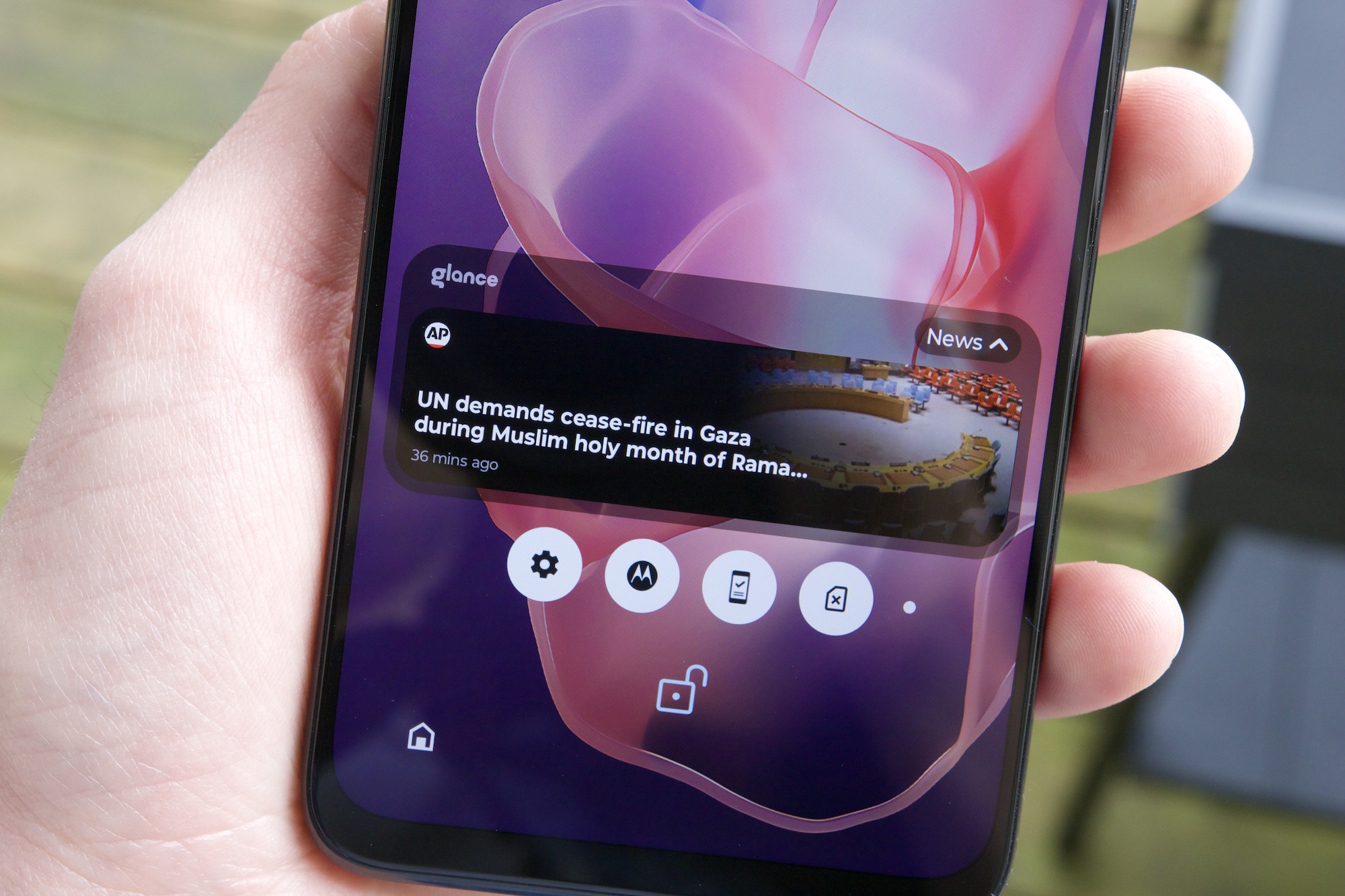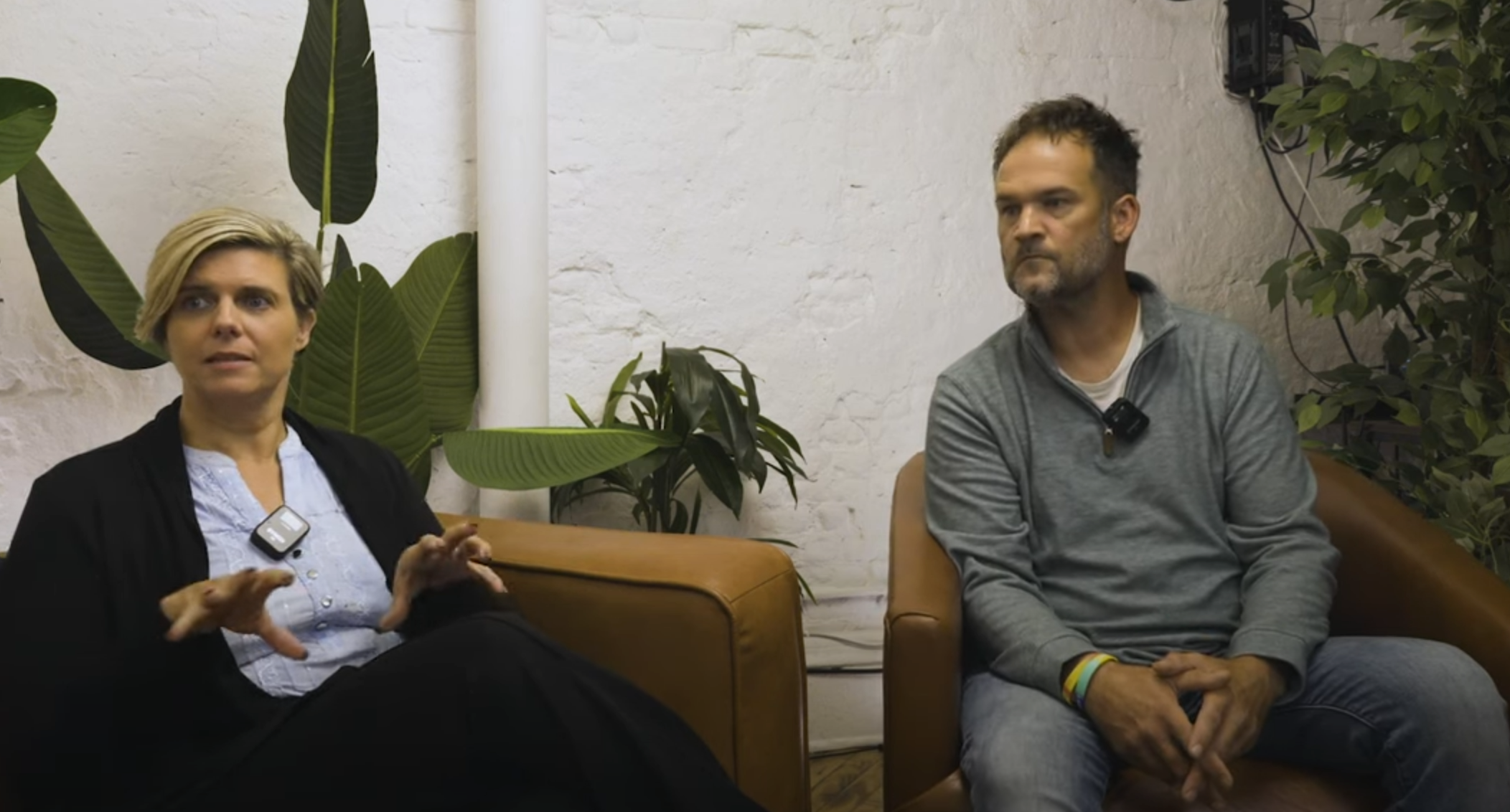Not that long ago, Motorola was the champion of cheap Android phones. Budget Motorola phones were well-made, thoughtfully designed, and among the best in their class. I’ve lost track of how many Moto phones I recommended to friends and family over the years because, for a while, that was the thing to do.
Fast-forward to 2024, and Motorola has found itself in the exact opposite position. Today, Motorola’s budget Android phones are plagued with bad hardware, embarrassing software support, and endless amounts of bloatware. It’s a very different Motorola from the one we had a few years ago, and I don’t like it one bit.
The day Motorola changed everything
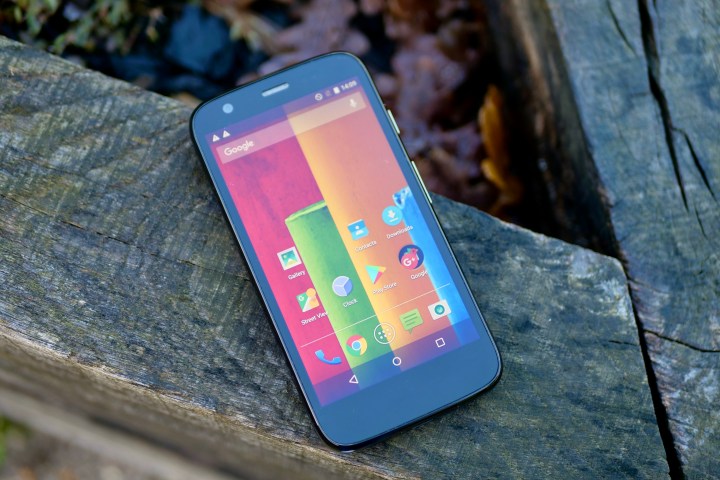
November 2013. That’s when Motorola released the very first Moto G. It’s not an overstatement to say it completely changed how we think about cheap smartphones. Prior to the Moto G, budget smartphones — particularly budget Android phones — often left a lot to be desired. Be it low-quality displays, weak processors, or cluttered software with no hope for future Android updates, owning a phone for under $200 prior to the Moto G was often a miserable experience.
Amazingly, these were all problems the Moto G didn’t have. The 4.5-inch 720p display doesn’t sound like much today, but it was larger and sharper than just about anything else in the Moto G’s price bracket. The Qualcomm Snapdragon 400 processor paired with 1GB of RAM translated to surprisingly good performance. Meanwhile, the stock Android 4.3 Jelly Bean software offered a clean and simple interface without any annoying bloatware. It was also eventually updated all the way to Android 5.1 Lollipop. For a smartphone that cost just $179, it was an unbelievably good package.
The best part? The Moto G wasn’t an accident.
Motorola kept releasing Moto G handsets after the first model’s huge success, and for a long time, the formula worked. The 2014 Moto G kept the first model’s great hardware and improved on it with a bigger display and a nicer camera. The 2015 model was a winner, too.
Motorola’s kept the Moto G family going throughout the years, and while none of them have captured the same magic as the original 2013 model, it’s generally been a safe bet for affordable smartphones. That is, until recently.
What’s wrong with the Moto G in 2024
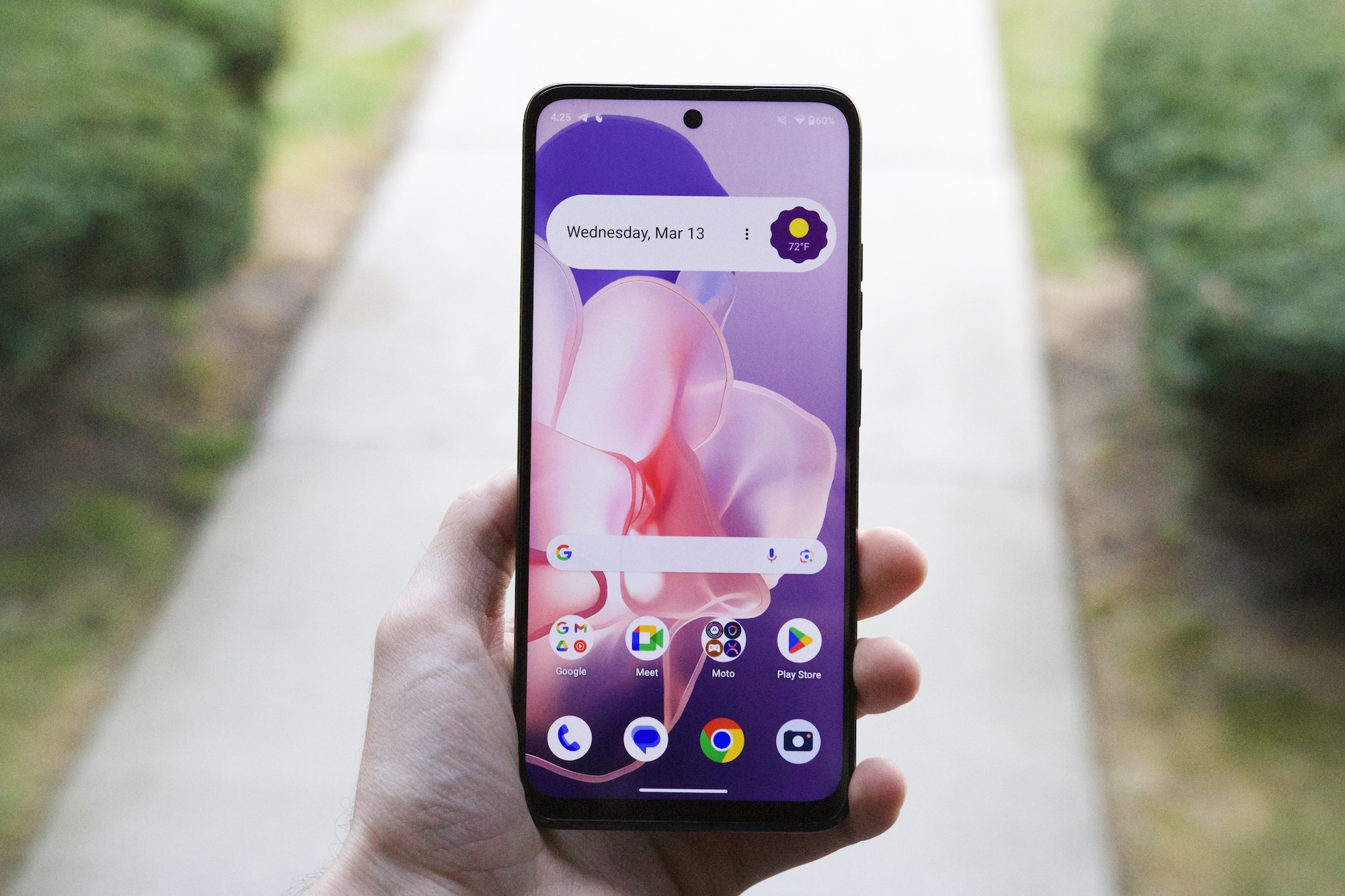
What went wrong? It starts with Motorola’s business strategy for the Moto G. In the beginning, Motorola released one Moto G at a time. You got one Moto G per year, and that was it. Visit Motorola’s website today, click on the “Moto G” section, and you’re presented with the following choices:
- Moto G Play (2024)
- Moto G Stylus 5G (2023)
- Moto G (2023)
- Moto G Stylus (2023)
- Moto G Power 5G (2023)
- Moto G Play (2023)
- Moto G Power 5G (2024)
- Moto G 5G (2024)
Can you look at those names and immediately know what kind of phone you’re looking at and what separates them from each other? Probably not. I write about phones for a living, and even I couldn’t tell you the key differences between the Moto G Play (2024) and Moto G 5G (2024) without digging through spec sheets and product guides.
For one thing, this is incredibly confusing for someone trying to buy a new Moto G. But more importantly, this strategy has also clearly had a negative impact on the quality of Moto Gs today. Our last few Moto G reviews are evidence of this.
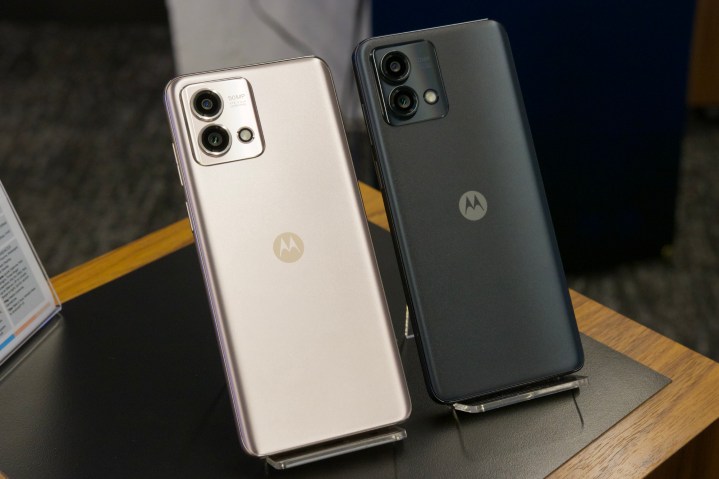
Why? I think the answer is pretty obvious. Motorola used to treat the Moto G like the special phone it was. It put time, care, and attention into those first few Moto Gs, and it shows. When Motorola releases 13 Moto G models in one year — that’s how many it released across all markets in 2023 — it’s no surprise that attention to detail is going to suffer.
Software problems
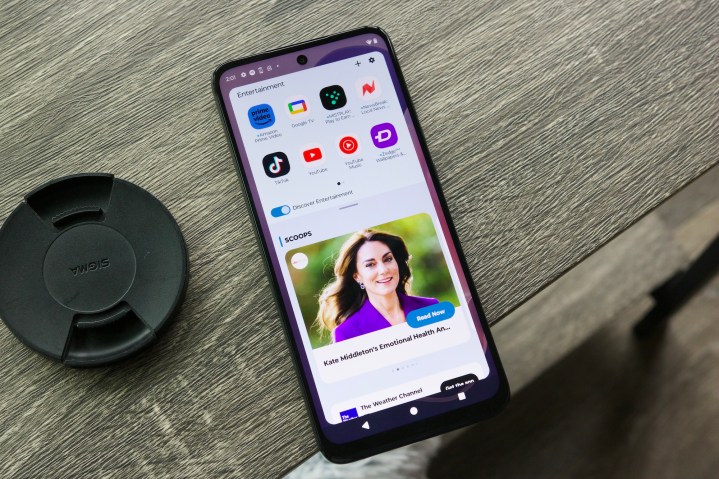
But it’s not just confusing product lines and dwindling hardware that have me worried about the Moto G’s future. A growing issue for Motorola is the software on its phones.
For years, I’ve had the same basic complaint about Motorola’s software for its budget phones: it’s clean and simple, but Motorola doesn’t support it with enough updates. The lack of updates is still an issue (Moto G phones are often promised just one major Android update), but it’s now been joined by something else: bloatware. The most recent Moto G 5G (2024) and Moto G Power 5G (2024) are prime examples of this.
It starts with the Shopping, Entertainment, and Gaming Folders. In short, these folders are nothing but excuses to throw advertisements in your face. Open the Entertainment folder, and you’re met with ads for NewsBreak, Zedge Wallpapers, and more If you tap a Done button at the bottom — which looks like it would close the folder — you actually end up installing applications you probably didn’t need.
And it doesn’t stop there. The preinstalled Weather app is nothing short of a nightmare. It’s littered with advertisements, plus random news articles and videos from 1Weather Shorts and 1Weather TV. The app is also horribly optimized, often locking up when I do nothing but scroll through it.
Finally, we have Glance. This is a persistent lock screen widget that is supposed to show you a “unique lock screen with live information and personalized recommendations for each moment” — such as live sports scores, package tracking info, etc. In practice, all Glance does is serve me news articles. And, just like the Weather app, using Glance is often a laggy, frustrating experience.
To Motorola’s credit, you can uncheck and disable all of these things when you’re setting up the new Moto Gs. But I only know that because I’ve set up hundreds of Android phones throughout my career. If I gave either of these phones to my parents or family members, I know they’d install this junk without ever realizing it. And, naturally, that’s Motorola’s prime audience for the Moto G.
Where do we go from here?
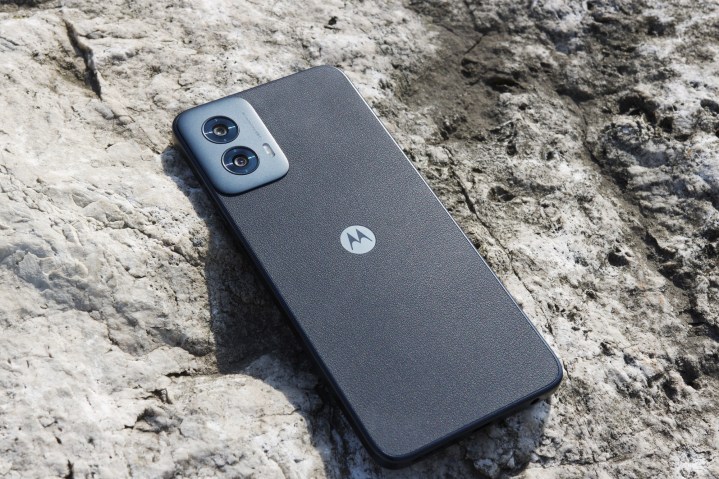
Where does Motorola go from here? That’s what I’ve been asking myself since I started using this year’s new Moto G. I distinctly remember using the first Moto G and thinking it had changed budget phones forever. And it did! But using this latest Moto G, all I feel is disappointment.
Maybe it’s all the more frustrating because I know Motorola is better than this. Last year alone, Motorola took on Samsung and Google with the Motorola Edge Plus, released its best folding phone to date with the Razr Plus, democratized foldable flip phones with the Razr, and even undercut the Google Pixel 8 with the Motorola Edge. When Motorola puts its mind to it, it can create some of the most interesting smartphones out there.
But when Motorola doesn’t do that? We end up with phones like this latest batch of Moto Gs — phones that are cheap, forgettable, and uninspired. There are still plenty of great cheap phones out there, but if Motorola keeps this up, it’s advancement will become ancient history.
Editors’ Recommendations


